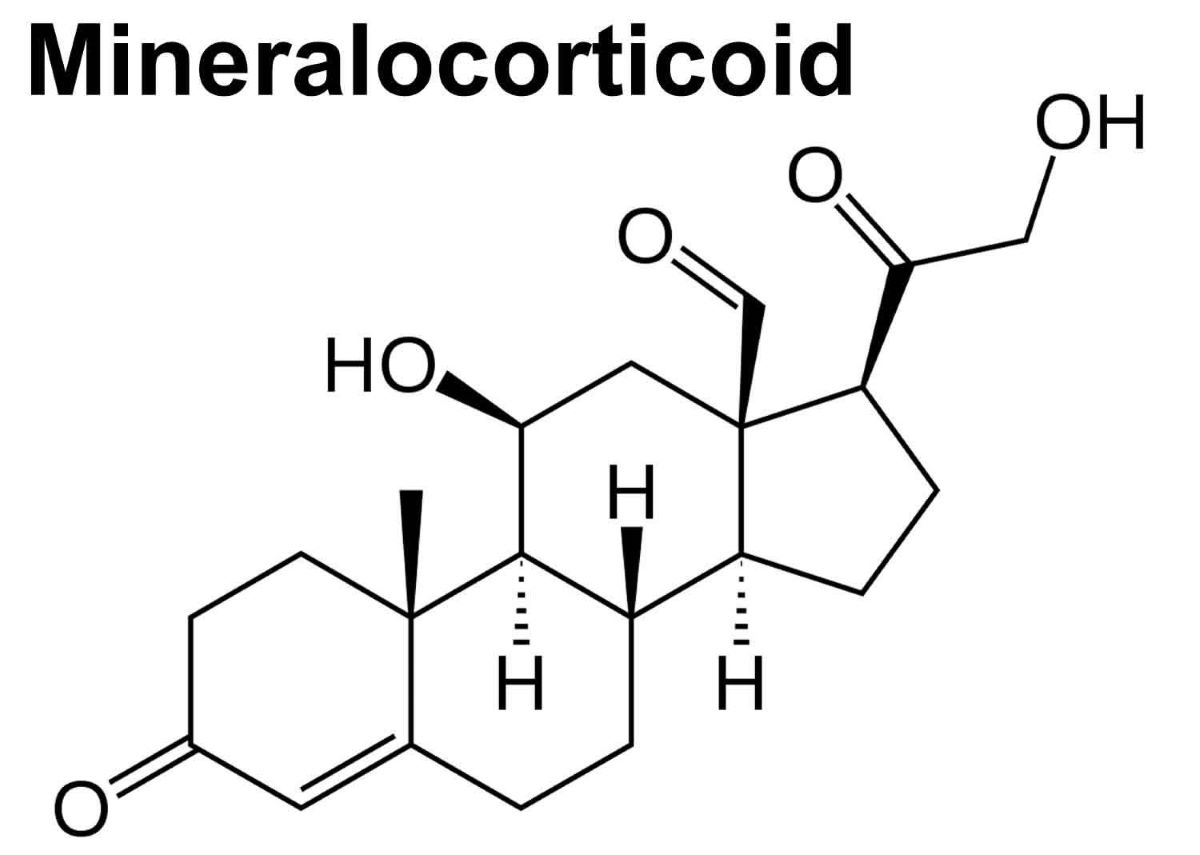
Apparent Mineralocorticoid Excess (AME) is a rare genetic disorder that affects how the body handles sodium and potassium. Caused by mutations in the HSD11B2 gene, this condition leads to high blood pressure, low potassium levels, and metabolic alkalosis. Symptoms often appear in childhood and can include muscle weakness, fatigue, and excessive thirst. Diagnosing AME involves genetic testing and measuring cortisol levels. Treatment typically includes medications to block mineralocorticoid receptors and dietary changes to manage potassium levels. Understanding AME is crucial for those affected and their families, as early diagnosis and treatment can significantly improve quality of life.
What is Apparent Mineralocorticoid Excess?
Apparent Mineralocorticoid Excess (AME) is a rare genetic disorder affecting the body's ability to regulate sodium and potassium levels. This imbalance can lead to high blood pressure and other health issues. Here are some fascinating facts about AME.
-
AME is caused by mutations in the HSD11B2 gene, which encodes the enzyme 11β-hydroxysteroid dehydrogenase type 2.
-
This enzyme converts active cortisol into inactive cortisone, preventing cortisol from overstimulating mineralocorticoid receptors.
-
Without this conversion, cortisol acts like aldosterone, leading to excessive sodium retention and potassium loss.
-
Symptoms of AME often include severe hypertension, especially in children and young adults.
-
Patients may also experience hypokalemia, a condition characterized by low potassium levels.
-
AME can lead to metabolic alkalosis, where the blood becomes too alkaline.
-
This disorder is inherited in an autosomal recessive manner, meaning both parents must carry the defective gene.
-
Genetic testing can confirm a diagnosis of AME by identifying mutations in the HSD11B2 gene.
-
Treatment often involves medications that block mineralocorticoid receptors, such as spironolactone or eplerenone.
-
Amiloride, a potassium-sparing diuretic, may also be used to manage symptoms.
How Does AME Affect the Body?
Understanding how AME impacts various bodily functions can provide insight into its management and treatment.
-
Excessive sodium retention can lead to fluid overload and swelling, particularly in the lower extremities.
-
Long-term high blood pressure increases the risk of cardiovascular diseases, including heart attacks and strokes.
-
Hypokalemia can cause muscle weakness, cramps, and even paralysis in severe cases.
-
Patients with AME may experience fatigue and general malaise due to electrolyte imbalances.
-
Chronic hypokalemia can lead to kidney damage and impaired kidney function over time.
-
AME can also affect growth and development in children, potentially leading to short stature.
-
Some individuals may develop insulin resistance, increasing the risk of type 2 diabetes.
-
Bone health can be compromised, with an increased risk of osteoporosis and fractures.
Diagnosing and Managing AME
Early diagnosis and effective management are crucial for improving the quality of life for those with AME.
-
Blood tests can reveal electrolyte imbalances, such as low potassium and high sodium levels.
-
Urine tests may show low levels of potassium and high levels of sodium, supporting the diagnosis.
-
Genetic counseling is recommended for families with a history of AME to understand the risks and implications.
-
Regular monitoring of blood pressure and electrolytes is essential for managing the condition.
-
A low-sodium diet can help reduce blood pressure and fluid retention.
-
Potassium supplements may be necessary to correct hypokalemia and prevent complications.
-
In severe cases, kidney transplantation might be considered if kidney damage is extensive and irreversible.
Final Thoughts on Apparent Mineralocorticoid Excess
Apparent Mineralocorticoid Excess (AME) is a rare genetic disorder that affects the body's ability to regulate salt and water balance. Caused by mutations in the HSD11B2 gene, AME leads to high blood pressure, low potassium levels, and excessive thirst. Understanding these symptoms can help in early diagnosis and treatment, which often includes medications to block mineralocorticoid receptors and dietary changes to manage potassium levels.
Living with AME requires careful monitoring and a strong support system. Regular check-ups with healthcare providers, adherence to prescribed treatments, and lifestyle adjustments play crucial roles in managing the condition. Though challenging, staying informed and proactive can significantly improve quality of life for those affected by AME. By spreading awareness and knowledge about this condition, we can support those living with it and contribute to ongoing research efforts.
Was this page helpful?
Our commitment to delivering trustworthy and engaging content is at the heart of what we do. Each fact on our site is contributed by real users like you, bringing a wealth of diverse insights and information. To ensure the highest standards of accuracy and reliability, our dedicated editors meticulously review each submission. This process guarantees that the facts we share are not only fascinating but also credible. Trust in our commitment to quality and authenticity as you explore and learn with us.


